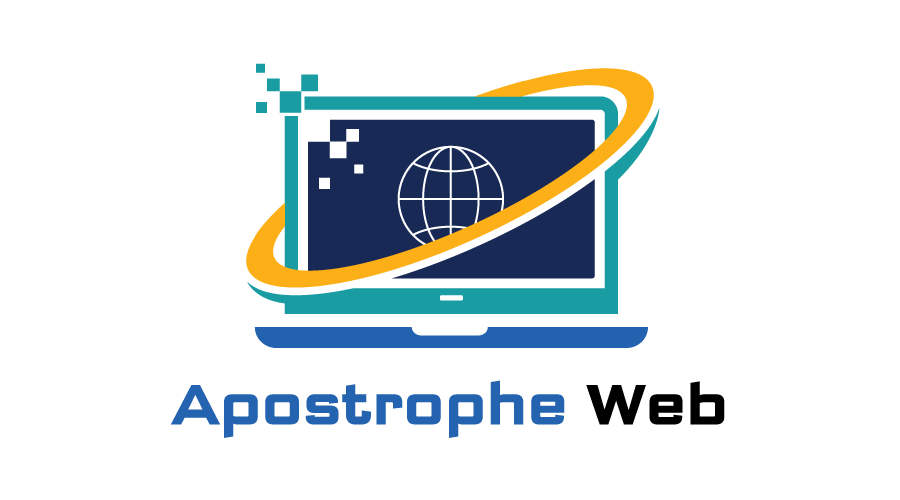Over the past two years, Large Language Models (LLMs) like GPT-4 and its successors have transformed from experimental research tools into mainstream productivity engines. From drafting emails to generating code snippets, their versatility has sparked conversations about their role in highly specialised domains—particularly data science.
The question many professionals and learners are now asking is simple but profound: Can LLMs truly act as data scientists, or is this just another round of tech hype?
The Rise of LLMs in Analytics Workflows
At their core, LLMs are trained on vast corpora of text and code. This gives them the ability to not only parse natural language but also to generate statistical reasoning, write Python or R scripts, and explain the logic behind models. These capabilities make them well-suited to assist in tasks traditionally handled by data scientists.
For instance, an LLM can:
- Write exploratory data analysis (EDA) code in seconds.
- Suggest which machine learning models work best for a dataset.
- Generate feature engineering strategies.
- Explain the outcomes of algorithms in human-readable terms.
Such functions reduce the time and effort required for repetitive tasks, giving rise to the idea that LLMs could eventually replace junior analysts or even entire teams.
Where LLMs Excel
LLMs have proven particularly effective in areas where pattern recognition and templated problem-solving dominate.
- Code Generation and Debugging
They can write data pipelines, SQL queries, or visualisation scripts quickly. For professionals balancing multiple projects, this is a powerful accelerator. - Documentation and Explanation
Explaining model outputs to non-technical stakeholders is one of the hardest parts of data science. LLMs can draft clear reports, dashboards, and presentations with ease. - Rapid Prototyping
For someone exploring a new dataset, LLMs act like a brainstorming partner—suggesting hypotheses, approaches, or even writing first-pass models.
The Limitations Holding Them Back
Despite their impressive performance, LLMs are far from being fully-fledged data scientists. Their limitations are not just technical but also conceptual.
- Lack of True Understanding
While they appear intelligent, LLMs rely on statistical correlations rather than genuine comprehension. They might propose a model without recognising whether the dataset violates critical assumptions. - Hallucinations
LLMs are notorious for generating plausible-sounding but incorrect responses. In a field where accuracy drives business and policy decisions, this poses serious risks. - Data Access and Privacy
Most LLMs cannot directly interact with raw enterprise data due to privacy and compliance issues. Without data context, their recommendations remain surface-level. - Ethical and Bias Concerns
Since LLMs learn from human-generated content, they inherit biases. Deploying them without rigorous checks can lead to discriminatory or flawed outcomes.
Augmentation, Not Replacement
Rather than replacing data scientists, LLMs are more realistically positioned as powerful assistants. They free professionals from repetitive tasks, allowing them to focus on critical thinking, domain expertise, and ethical oversight.
Think of it this way: a calculator didn’t eliminate mathematicians, but it allowed them to solve higher-level problems. Similarly, LLMs can handle grunt work while human data scientists ensure context, accuracy, and strategic alignment.
The Human Edge
Data science isn’t just about running algorithms. It requires framing business problems, understanding messy data sources, managing stakeholder expectations, and interpreting results within a specific domain. These are deeply human skills that LLMs cannot replicate—at least not yet.
For example, deciding whether a retail company should expand into a new market involves not just predictive models but also knowledge of consumer behaviour, supply chains, and cultural nuances. An LLM might provide useful insights, but it cannot fully grasp such complexities.
Preparing for the Future
For aspiring professionals, the rise of LLMs is not a reason to avoid entering the field but rather a call to upskill intelligently. Employers will increasingly value data scientists who can work with AI tools rather than be replaced by them.
This means sharpening skills in:
- Data storytelling and communication.
- Domain-specific knowledge.
- Ethical AI deployment.
- Critical thinking and creativity.
Training programmes that emphasise practical, industry-relevant applications alongside tool mastery will be particularly valuable. For example, enrolling in a data science course in Pune not only equips learners with technical expertise but also prepares them to collaborate with emerging AI systems effectively.
Hype vs. Reality
So, are LLMs the new data scientists? Reality is neither black nor white, but somewhere in between. They are not autonomous replacements, but they are undeniably powerful tools that are already reshaping the way data science is practised.
The hype is real in terms of potential, but the reality is that human oversight remains indispensable. Data scientists who embrace LLMs as allies rather than threats will be the ones who thrive in the coming years. That’s why choosing a data science course in Pune that incorporates both foundational knowledge and exposure to generative AI tools can be a career-defining step.
Conclusion
The future of data science is not man versus machine but man with machine. LLMs bring unprecedented speed and efficiency, but human judgment, creativity, and ethical reasoning remain irreplaceable.
In short, LLMs are not the end of the data scientist—they are the beginning of a new kind of partnership.

